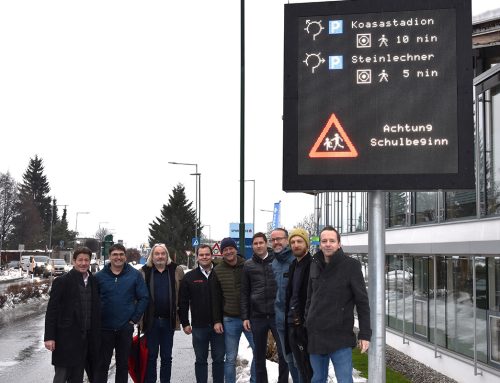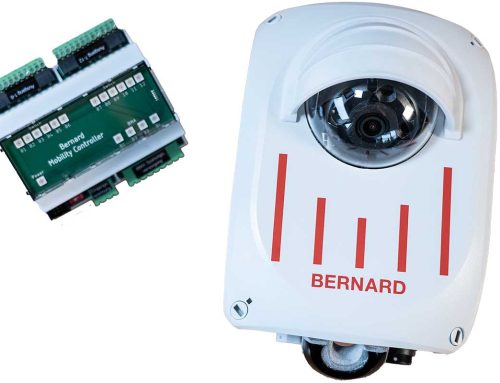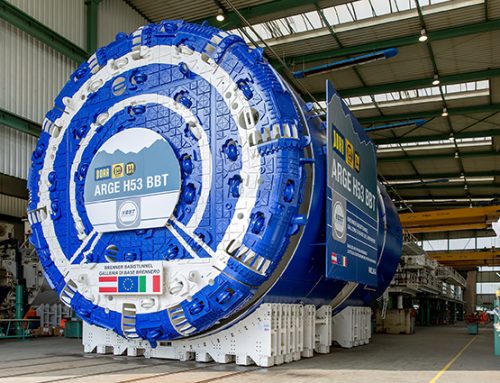The BERNARD Gruppe is part of an EU-wide CELTIC NEXT research project in which robust and low-latency transmission technologies are being researched and tested. Advances in the aerospace industry have made unmanned aviation ubiquitous. In addition to already established areas of application for drones, other uses are constantly developing, such as air cabs.
As a result of the constantly growing market, there has been an increased need for robust and reliable communication among various flying objects as well as among flying objects and control centers. In this context, a holistic network architecture is crucial to exploit the potential of recent advances and create new communication services in aviation. This aspect will be considered in the “6G for Connected Sky” project in collaboration with partners such as Airbus. The project also focuses on novel architectures for dynamic wireless networks in three-dimensional space considering different types of flying vehicles with individual requirements. The Austrian consortium in this project is developing a solution for optimized logistics management. One project partner is Logistikzentrum Austria Süd. By using a swarm of drones, the area will be flown over to enable real-time localization of individual loads. The BERNARD Gruppe is engaged in the optical detection of objects and data processing. By using artificial intelligence, road users will be recorded and classified, and their trajectories will be evaluated. In this way, the objects will be digitized and visualized in a digital twin of the logistics center. By using simulation-based route planning it is possible to optimize logistics chains, save energy, and significantly reduce the logistics center’s administrative workload through automatic data management.
Felix Laimer, BERNARD Gruppe
Photo: © CELTIC-NEXT Office







